The global warming potential (GWP) of each gas is defined in relation to a given weight of carbon dioxide for a set time period (for the purpose of the Kyoto Protocol a period of 100 years) GWPs are used to convert emissions of greenhouse gases to a relative measure (known as carbon dioxide equivalents CO 2 equivalents)148 147 152 154 158 149 779 154 7 148 149Greenhouse gas emissions could increase from 55 gigatons of CO2 equivalents (GtCO2e) in 19 to over 80 GtCO2e in 50 an almost 50 percent increase Causes of CO2emissions CO2emissions are mostly a result of burning fossil fuels such as coal, oil and gas
Emissions By Sector Our World In Data
Which country has highest greenhouse gas emissions
Which country has highest greenhouse gas emissions-Year Total greenhouse gas emissions (megatonnes of carbon dioxide equivalent) 1990 602 1991 596 1992 614 1993 617 1994 638 1995 656 1996 679 1997 691 1998 697 1999 710 00 734 01 723 02 727 03 745 04 746 05 739 06 730 07 752 08 736 09 694 10 703 11 714 12 717 13 725 14 723 15 723 16 707Total greenhouse gas emissions (kt of CO2 equivalent) CAIT data Climate Watch GHG Emissions Washington, DC World Resources Institute Available at climatewatchdataorg/ghgemissions License CC BY40 Line Bar Map Label 1970 1980 1990 00 10 Million 26 28 30 32 34 36 38 40 42 44 46 World



File Global Carbon Emissions Svg Wikimedia Commons
China is the biggest emitter at 26% of global greenhouse gas emissions, followed by the United States at 13%, the European Union at 78% and India at 67% 1 Most of the top 10 emitters have higher emissions per person than the world average (around 68 tCO2e per person) Among the top 10 total greenhouse gas emitters, Canada and the UnitedThis is a list of countries by total greenhouse gas (GHG) annual emissions in 16 It is based on data for carbon dioxide, methane (CH 4), nitrous oxide (N 2 O), perfluorocarbons (PFCs), sulfur hexafluoride (SF6) and hydrofluorocarbons (HFCs) emissions compiled by the World Resources Institute (WRI) The table below separately provides emissions data calculated on the basis of Based on preliminary economic and energy data, we estimate that this historic shock to economic activity led to a 103% drop in US greenhouse gas (GHG) emissions in That is the single largest drop in annual emissions in the postWorld War II era, outpacing the Great Recession of 09 when emissions dipped 63%
Liczba wierszy 218 In 17, global carbon dioxide emissions from fuel combustion reached 328 billion tons in 17 according to the International Energy Agency China , the largest contributor, was responsible for 28% of these emissions, followed by the United States (14%), the European Union as a whole (10%), India (7%), Russia (5%), Japan (3%), Korea (2%), Canada (2%), IndonesiaGREENHOUSE GAS EMISSIONS FROM GLOBAL SHIPPING, 13–15 tonnes to 1,025 million tonnes Similarly, on a year timescale, CO 2eq emissions increased from 1,1 million tonnes to 1,222 million tonnes THREE SHIP CLASSES AND SIX FLAG STATES ACCOUNT FOR MOST CO 2 EMISSIONS Three ship classes accounted for 55% of the total shipping CO 2 Annual methane emissions are up by around nine per cent, equivalent to 50 million tons per year, from the early 00s, the new data shows This, scientists say, is roughly the same as putting 350
The research finds that, between 09 and 13, tourism's annual global carbon footprint increased from 39 to 45bn tonnes of CO2 equivalent This figure is four times higher than previous estimates and accounts for 8% of global greenhouse gas emissions, the research finds The rise is largely driven by an increased demand for goods andThe AGGI in was 147, which means that we've turned up the warming influence from greenhouse gases by 47% since 1990; The Greenhouse Gas Index is one of numerous indicators tracked by NOAA during 17 that demonstrate how the Earth's climate is warming The globally averaged annual temperature during 17 was thirdwarmest in NOAA's 138year global temperature record, behind 16 and 15 Each of the five of the warmest years have occurred since 10




Global Greenhouse Gas Emissions In The Unmitigated Reference Download Scientific Diagram
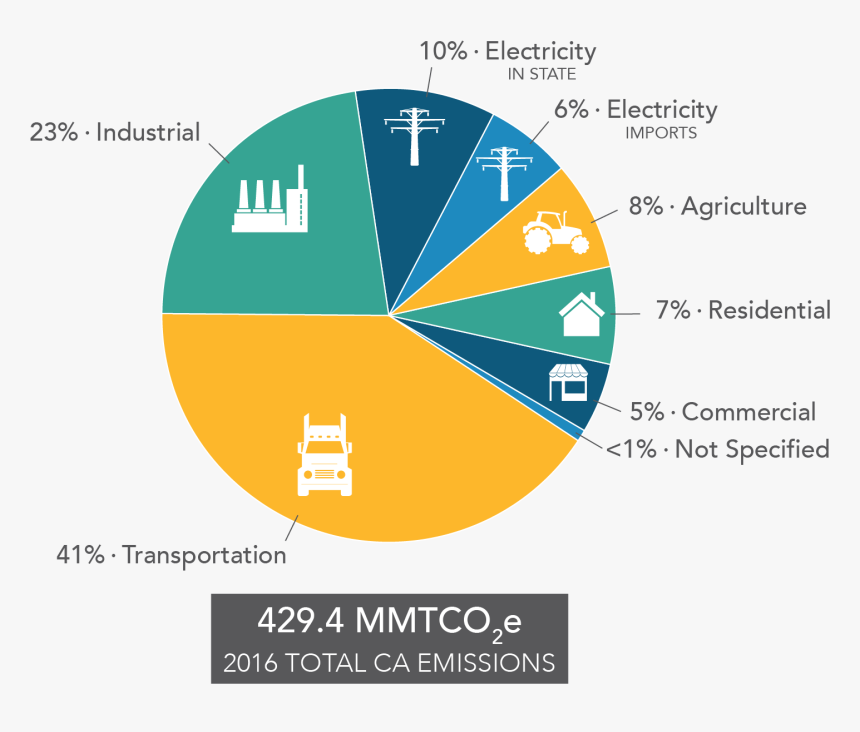



Global Greenhouse Gas Emissions By Sector 18 Hd Png Download Kindpng
Greenhouse gas emissions in the EU27 decreased by 24 % between 1990 and 19, exceeding the target of a % reduction from 1990 levels by By 30, the projections based on current and planned measures of the EU27 show an emission reduction of 36 %, which is a rather conservative outlook in the absence of new measures Further effort will certainly beIt took ~240 years for the AGGI to go from 0 to 1, ie, to reach 100%, and 30 years for it to increase by another 47% In terms of CO 2 equivalents, the atmosphere in contained 504 ppm, of which 412 is CO 2 alone The rest comes from other A Global Breakdown of Greenhouse Gas Emissions by Sector In a few decades, greenhouse gases (GHGs)—chiefly in the form of CO₂ emissions—have risen at unprecedented rates as a result of global growth and resource consumption To uncover the major sectors where these emissions originate, this graphic from Our World in Data pulls the latest
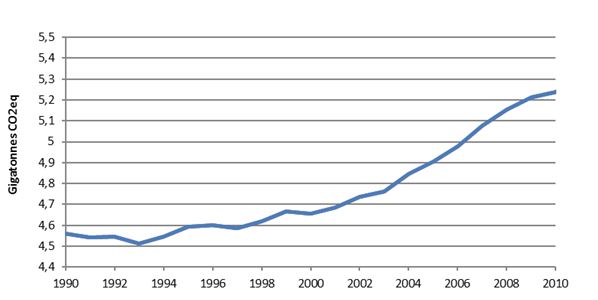



Global Greenhouse Gas Emissions From Agriculture Forestry And Other Land Use Activities Recent Trends And Updates Agriregionieuropa



1
Total carbon dioxide emissions from fossil fuels and industry totaled 368 billion tons, according to an estimate from the Global Carbon Project, an In its Global Energy Review, published on Tuesday, the IEA found that global carbon emissions from energy use, which accounts for the great majority of greenhouse gas emissions, were on course to Emissions from coal, oil and natural gas expanded by about 2% globally in 18 For all of 19, they predict an expansion of just 06% Part of the slowdown can be attributed to declines in coal



Emissions By Sector Our World In Data




Major Greenhouse Gas Reductions Needed By 50 Ipcc Climate Central
Final UK greenhouse gas emissions national statistics Final UK greenhouse gas emissions national statistics 1990 to 18 Final UK greenhouse gas emissions national statistics Global emissions inventories for gases other than carbon dioxide are limited to fiveyear intervals The United Nations Framework Convention on Climate Change database has more comprehensive data; EPA reports that aircraft contribute 12 percent of US transportation emissions, and account for three percent of the nation's total greenhouse gas production Globally, aviation produced 24 percent of total CO2 emissions in 18




Visualizing The Most Recent Global Greenhouse Gas Emissions Data



Total Greenhouse Gas Emission Trends And Projections In Europe European Environment Agency
Global energyrelated CO 2 emissions grew 17% in 18 to reach a historic high of 331 Gt CO 2It was the highest rate of growth since 13, and 70% higher than the average increase since 10 Last year's growth of 560 Mt was equivalent to the total emissions from international aviationGrowth in global greenhouse gas emissions in 18 highest since 11 In 18, the growth in total global greenhouse gas (GHG) emissions (excluding those from landuse change) resumed at a rate of %, reaching 518 gigatonnes of CO 2 Notes Globally, the primary sources of greenhouse gas emissions are electricity and heat (31%), agriculture (11%), transportation (15%), forestry (6%) and manufacturing (12%) Energy production of all types accounts for 72 percent of all emissions
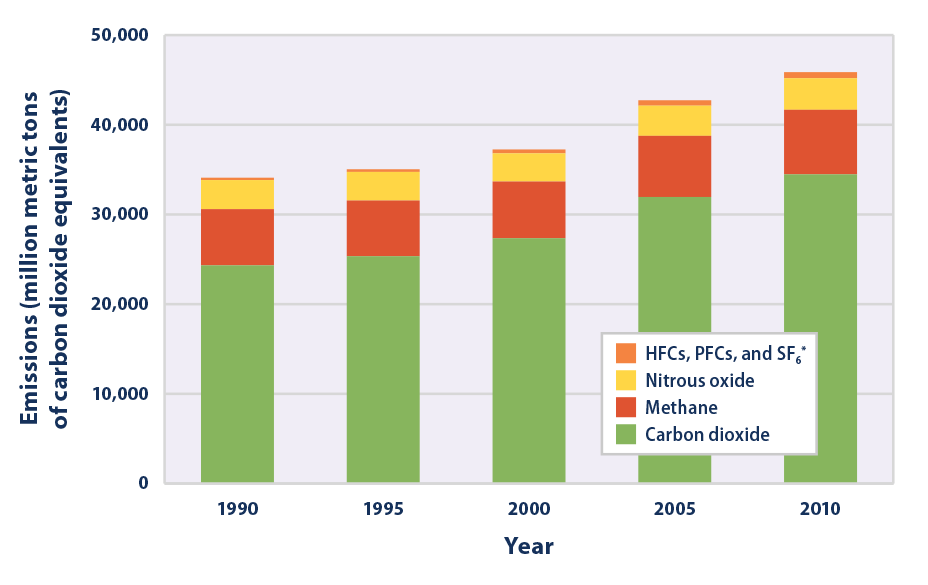



Climate Change Indicators Global Greenhouse Gas Emissions Climate Change Indicators In The United States Us Epa



Www Ipcc Ch Site Assets Uploads 18 12 Unep 1 Pdf
Geneva, 26 November 19 – On the eve of a year in which nations are due to strengthen their Paris climate pledges, a new UN Environment Programme (UNEP) report warns that unless global greenhouse gas emissions fall by 76 per cent each year between and 30, the world will miss the opportunity to get on track towards the 15°C temperature goal of the Geneva, 26 November 19 – On the eve of a year in which nations are due to strengthen their Paris climate pledges, a new UN Environment Programme (UNEP) report warns that unless global greenhouse gas emissions fall by 76 per cent each year between and 30, the world will miss the opportunity to get on track towards the 15°C temperature goal of the ParisGlobal emissions inventories for gases other than carbon dioxide are limited to fiveyear intervals The United Nations Framework Convention on Climate Change database has more comprehensive data;
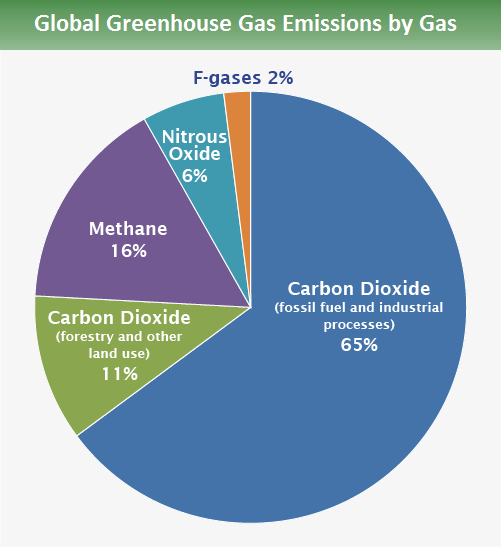



Global Greenhouse Gas Emissions Data Us Epa




Global Emissions Center For Climate And Energy Solutions
The Greenhouse Gas (GHG) Inventory Data contains the most recently submitted information, covering the period from 1990 to the latest available year, to the extent the data have been provided The GHG data contain information on anthropogenic emissions by sources and removals by sinks of the following GHGs (carbon dioxide (CO2), methane (CH4Radiative Forcing Calculations To determine the total radiative forcing of the greenhouse gases for the AGGI, we have used IPCC Ramaswamy et al, 01 recommended expressions to convert changes in greenhouse gas global abundance relative to 1750, to instantaneous radiative forcing (see Table 1) (In a separate analysis, we use 1800 as the base year and have added additional In 18, US greenhouse gas emissions totaled 6,677 million metric tons of carbon dioxide equivalents These numbers were up by 31 percent from the previous year, which made sense, as by then, the US had already begun pulling out of the Paris AgreementOf course, multiple factors contributed to this increase



File Global Carbon Emissions Svg Wikimedia Commons
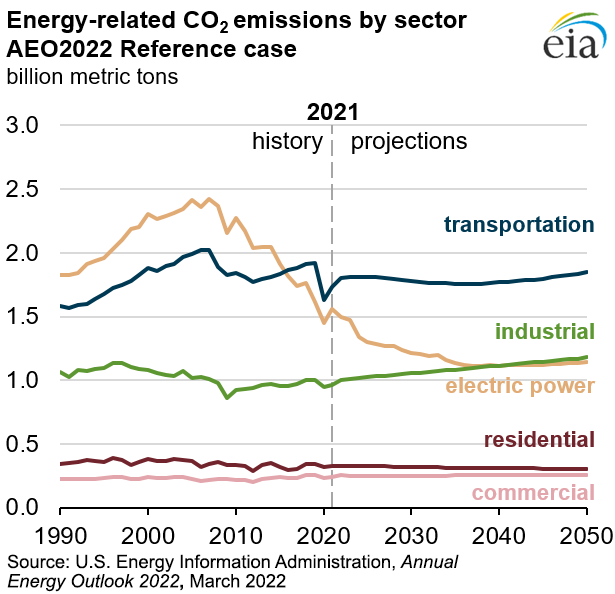



Outlook For Future Emissions U S Energy Information Administration Eia
Greenhouse gas emissions contribute to climate change, which affects human health and ecosystems, weather patterns, and sea level rise By reducing greenhouse gas emissions, we can help limit the increase in global temperature, and helpGreenhouse gas emissions are reported in carbon dioxide equivalent (CO 2 eq), determined by multiplying the amount of emissions of a particular gas by its global warming potential The indicator uses the Intergovernmental Panel on Climate Change's 1995 100year global Greenhouse gas emissions by sector in the EU According to the fifth assessment report by the Intergovernmental Panel on Climate Change (IPCC), it is extremely likely that human activities over the past 50 years have warmed our planet These activities include for example the burning of coal, oil and gas, deforestation and farming




China S Greenhouse Gas Emissions Exceeded The Developed World For The First Time In 19 Rhodium Group




File Greenhouse Gas Emission Scenarios 01 Svg Wikimedia Commons
To prevent severe climate change we need to rapidly reduce global greenhouse gas emissions The world emits around 50 billion tonnes of greenhouse gases each year measured in carbon dioxide equivalents (CO 2 eq) 1• Global greenhouse gas emissions show no signs of peaking • Global CO 2 emissions from energy and industry increased in 17, following a threeyear period of stabilization • Total annual greenhouse gases emissions, including from landuse change, reached aHowever, these data are available mainly for a group of mostly developed countries that account for only about half of global greenhouse gas emissions



Trends In Global Greenhouse Gas Emissions And Per Capita In Annex I And Non Annex I Countries 1970 05 European Environment Agency
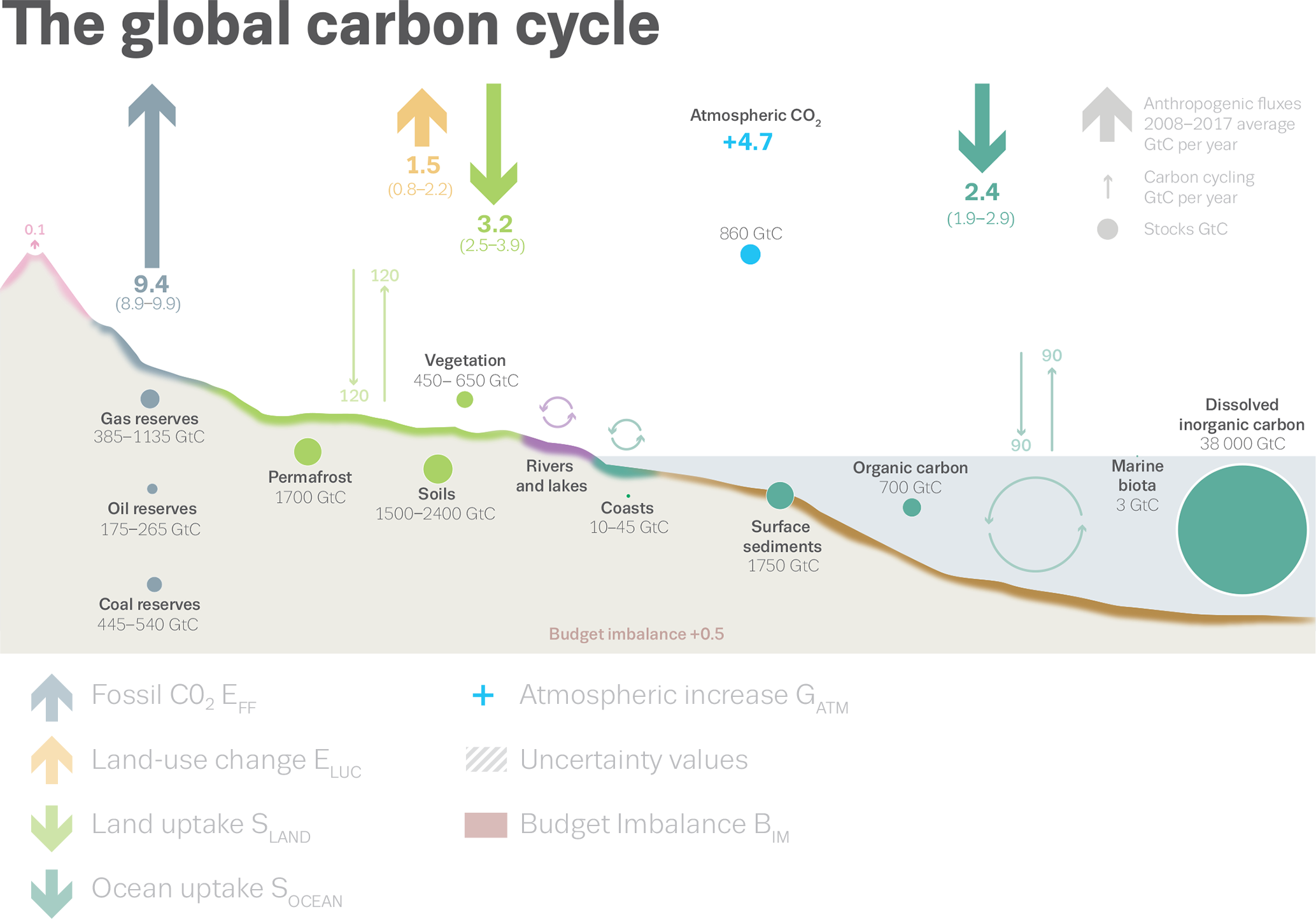



Essd Global Carbon Budget 18
Demand for fossil fuels was hardest hit in – especially oil, which plunged 86%, and coal, which dropped by 4% Oil's annual decline was its largest ever, accounting for more than half of the drop in global emissions Global emissions from oil use plummeted by well over 1 100 Mt CO2, down from around 11 400 Mt in 19Greenhouse gas emissions are greenhouse gases vented to the Earth's atmosphere because of humans the greenhouse effect of their 50 billion tons a year causes climate change Most is carbon dioxide from burning fossil fuels coal , oil and natural gasNOAA's Annual Greenhouse Gas Index (AGGI) is a yearly report on the combined influence of longlived greenhouse gases (atmospheric gases that absorb and radiate heat) on Earth's surface temperature The index compares the combined warming influence of these gases each year to their influence in 1990, the year that countries who signed the UN Kyoto Protocol agreed to use as a benchmark for their efforts to reduce emissions



Co And Greenhouse Gas Emissions Our World In Data




Energy And Greenhouse Gas Emissions Ghgs
The top three greenhouse gas emitters — China, the European Union and the United States — contribute 415% of total global emissions, while the bottom 100 countries only account for only 36% Collectively, the top 10 emitters account for over twothirds of global GHG emissionsHowever, these data are available mainly for a group of mostly developed countries that account for only about half of global greenhouse gas emissions IBM announced that it will achieve net zero greenhouse gas emissions by 30 to further its decadeslong work to address the global climate crisis The company will accomplish this goal by prioritizing actual reductions in its emissions, energy efficiency efforts and increased clean energy use across the more than 175 countries where it operates




1 Global Greenhouse Gas Emissions From All Sources Download Scientific Diagram




Global Greenhouse Gas Emissions Per Sector In 04 Total 50 Gtco 2 E Download Scientific Diagram
Energy the emissions of one ton of gas will absorb during a given period, relative to the emissions of one ton of carbon dioxide1 GWP is calculated for a specific time span, most commonly 100 years But the lifetime for each greenhouse gas is different As methane only lasts in the atmosphere for approximately 12 years, Agricultural Greenhouse Gas Emissions Greenhouse gas emissions related to agriculture totaled 5 million metric tons in 17, up slightly from prioryear levels, but down 2 percent from a decade ago However, farmers and ranchers also contribute to carbon sequestration efforts, ie, greenhouse gas removal, in the form of the management and2 emissions are the largest source of global greenhouse gas emissions, with a share of about 73%, followed by CH 4 (18%), N 2O (6%) and Fgases (3%) The greenhouse gas growth rate of 13% is similar to those seen from 12 to 14, when the average greenhouse gas emissions growth slowed down to 13% per year, which
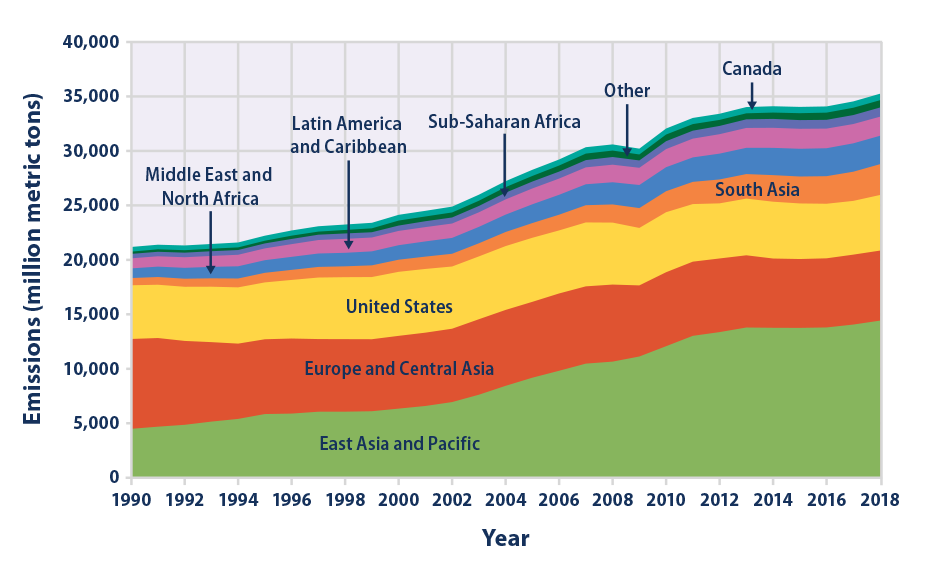



W Edyfjigr0fxm



3
In every year between 13 and 19, gas played a larger role in increasing global emissions than coal This reflects declines in coal use in the US and Europe, which have largely offset increases in China, India and other developing countries in southeast Asia Global CO2 emissions from coal remain below a peak seen in 12 New Zealand greenhouse gas (GHG) emissions have been relatively unchanged since 05 In 18 New Zealand's gross greenhouse gas emissions were 7 million tonnes of CO 2e, 240 percent higher than 1990 and 10 percent lower than 17 In 18 For a third consecutive year, global greenhouse gas emissions are projected to reach a record high after rising slightly in 19 The growth of carbon dioxide levels slowed this year, but CO2



Www Ipcc Ch Site Assets Uploads 18 12 Unep 1 Pdf



Global Greenhouse Gas Ghg Emissions Shares In 10 Applying The Download Scientific Diagram
This chart shows the change in global greenhouse gas emissions over time Greenhouse gases are measured in 'carbon dioxideequivalents' (CO 2 e) Today, we collectively emit around 50 billion tonnes of CO 2 e each year This is more than 40% higher than emissions in 1990, which were around 35 billion tonnes Greenhouse Gas Emissions Predicted To Fall Nearly 8% — Largest Decrease Ever Coronavirus Updates Global energy demand, particularly for coal, is falling sharply this year



Emissions By Sector Our World In Data
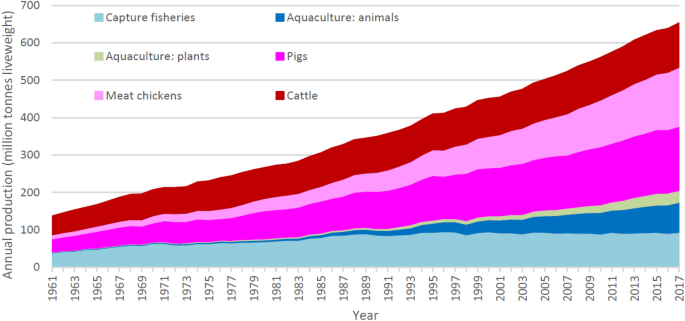



Quantifying Greenhouse Gas Emissions From Global Aquaculture Scientific Reports




Global Carbon Emission Remained Static In 16 But India Registered Significant Rise
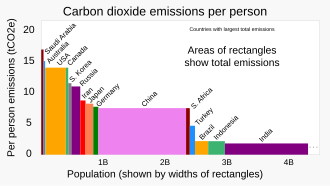



List Of Countries By Greenhouse Gas Emissions Per Person Wikipedia
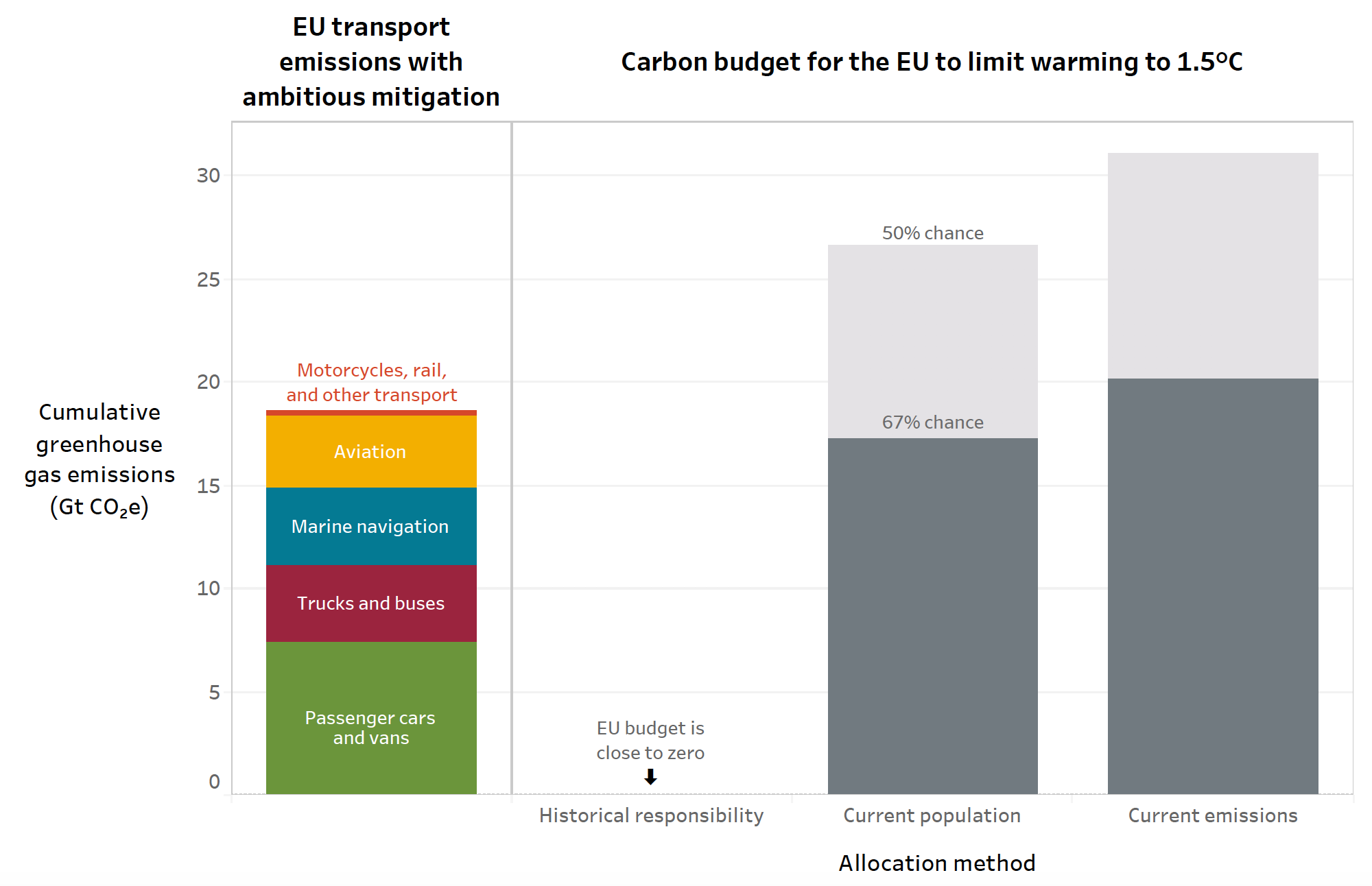



Transport Could Burn Up The Eu S Entire Carbon Budget International Council On Clean Transportation
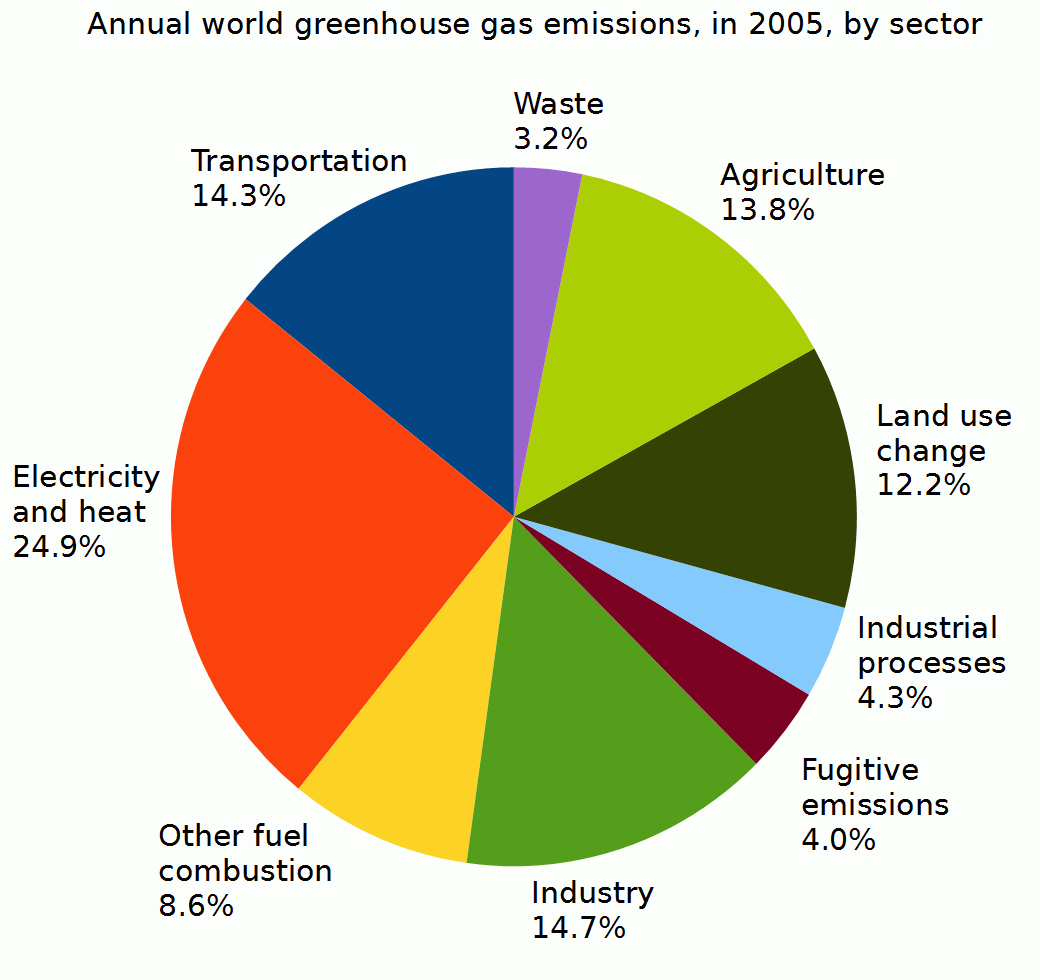



File Annual World Greenhouse Gas Emissions In 05 By Sector Png Wikimedia Commons




China S Greenhouse Gas Emissions Exceeded The Developed World For The First Time In 19 Rhodium Group




The European Union S 50 Global Greenhouse Gas Emissions Goal Is Unrealistic Global Energy Institute




Co And Greenhouse Gas Emissions Our World In Data
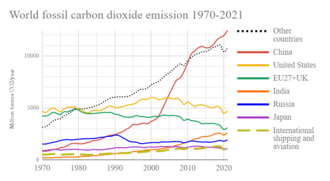



List Of Countries By Carbon Dioxide Emissions Wikipedia




Global Greenhouse Gas Emissions In The Reference The Indc And The 2 C Download Scientific Diagram




Global Emissions Center For Climate And Energy Solutions
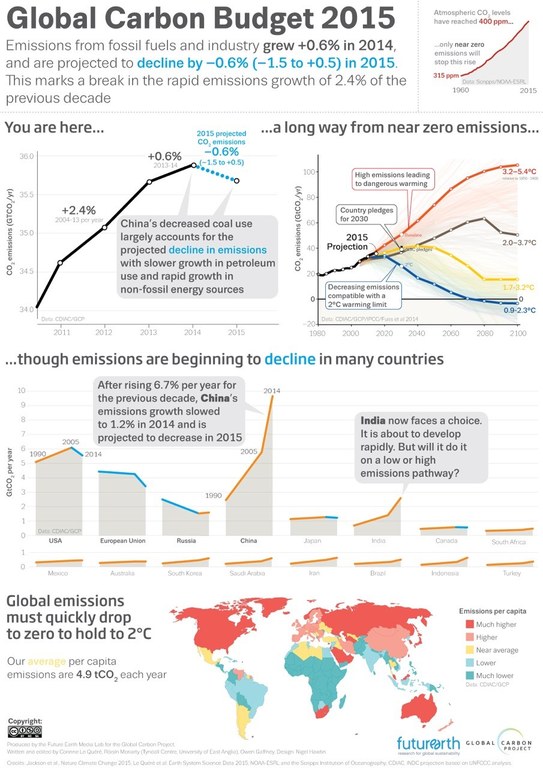



Global Greenhouse Gas Emissions Projected To Fall In 15 Earth Journalism Network
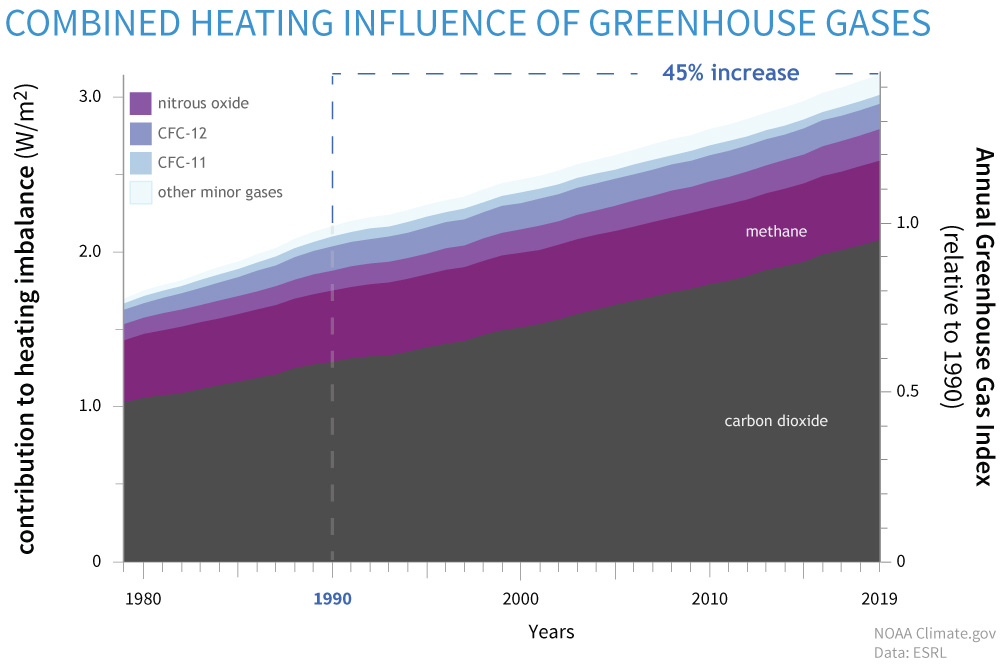



Climate Change Annual Greenhouse Gas Index Noaa Climate Gov



Www Pbl Nl Sites Default Files Downloads Pbl Trends In Global Co2 And Total Greenhouse Gas Emissions 19 Report 4068 Pdf



3
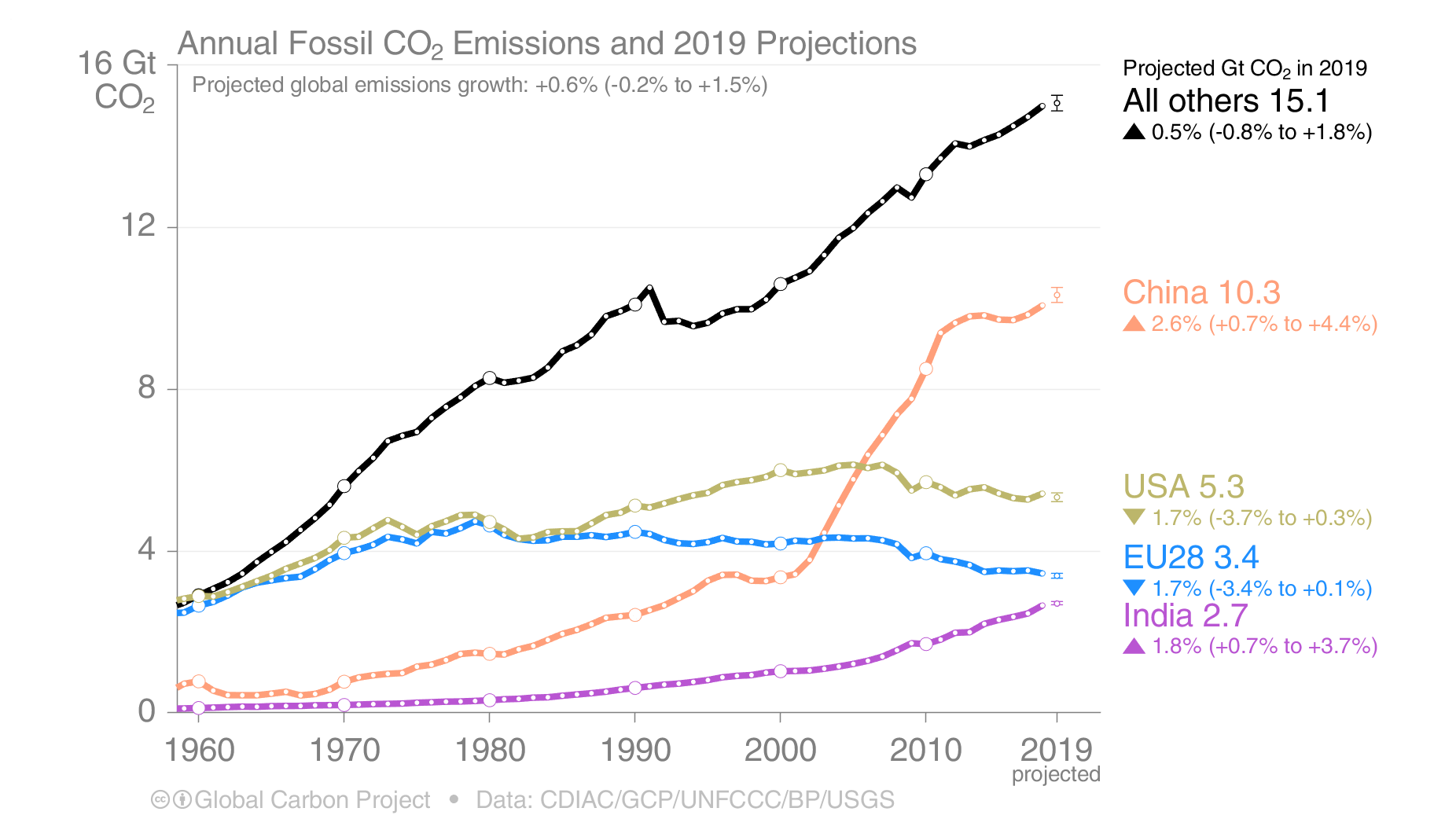



Here S How Much Global Carbon Emission Increased This Year Ars Technica
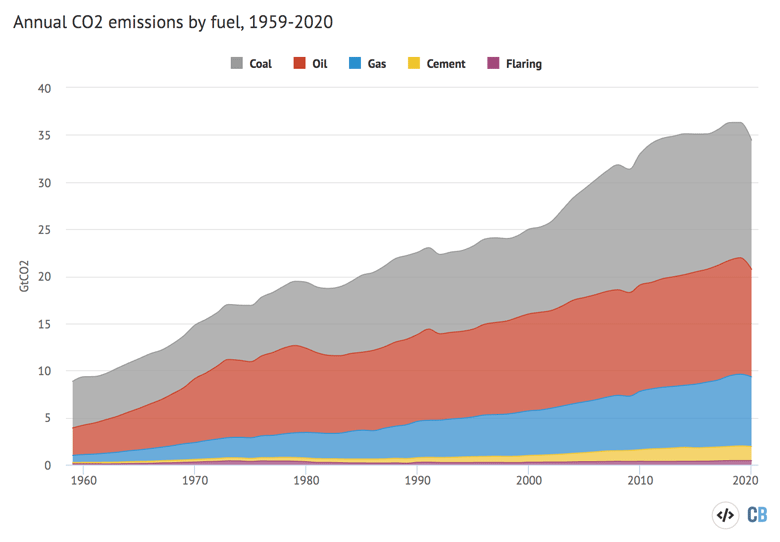



Global Carbon Project Coronavirus Causes Record Fall In Fossil Fuel Emissions In Carbon Brief




Global Greenhouse Gas Emissions By Sector Download Scientific Diagram



Greenhouse Gas Emissions From The Food Sector And How To Reduce Them Protect Yourself Cooperation Mechanism To Protect The Environment




Greenhouse Gas Emissions Are Set To Rise Fast In 21 The Economist




Annual Global Carbon Emissions Left And Parts Per Million Per Year Download Scientific Diagram



Emissions By Sector Our World In Data
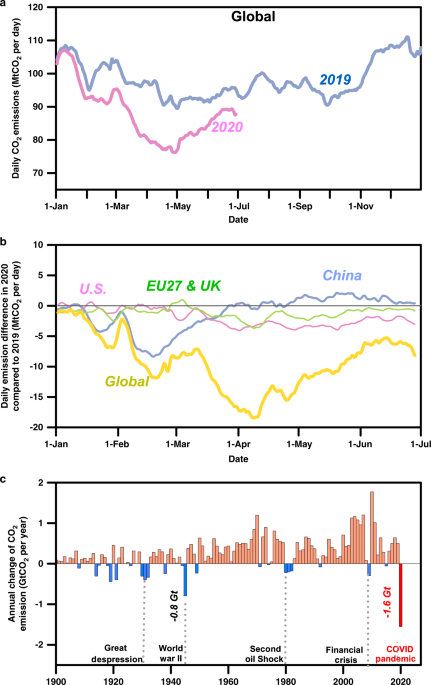



Near Real Time Monitoring Of Global Co 2 Emissions Reveals The Effects Of The Covid 19 Pandemic Nature Communications
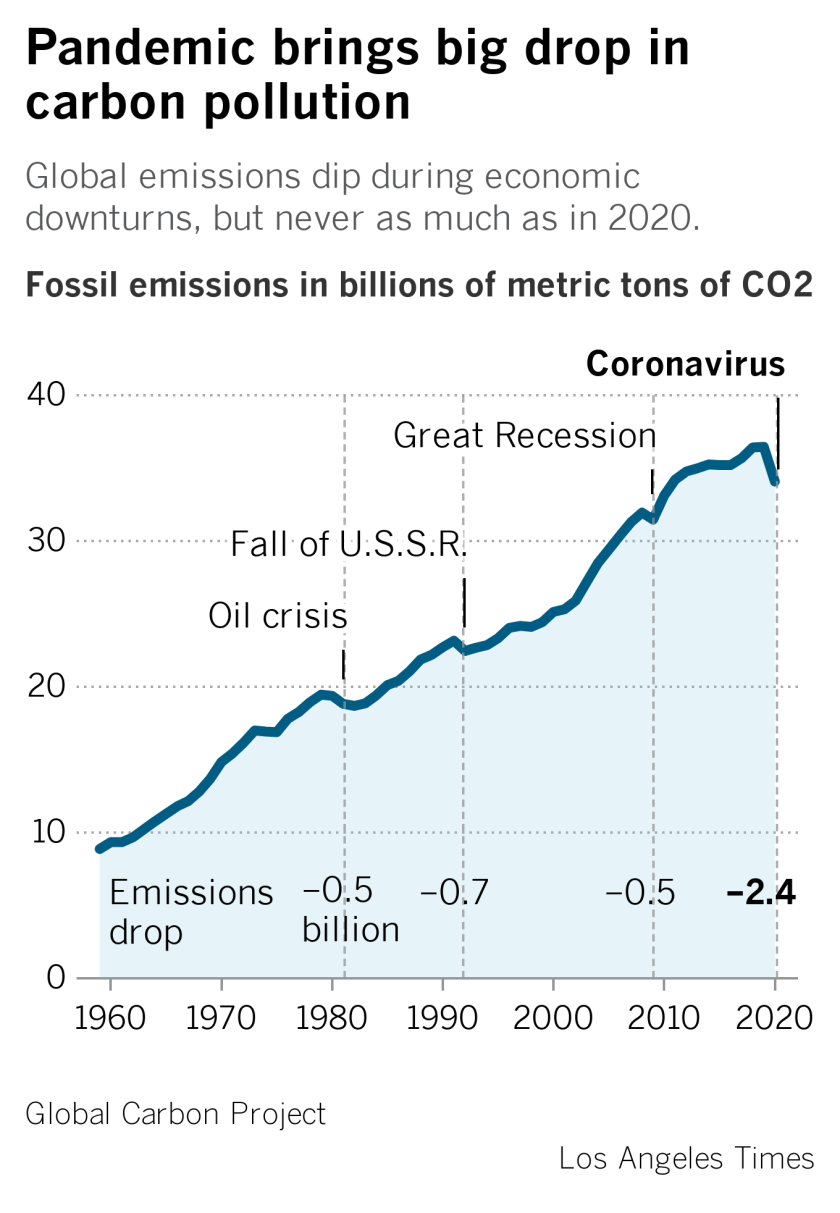



Global Carbon Emissions Dropped 7 Amid Covid 19 Los Angeles Times
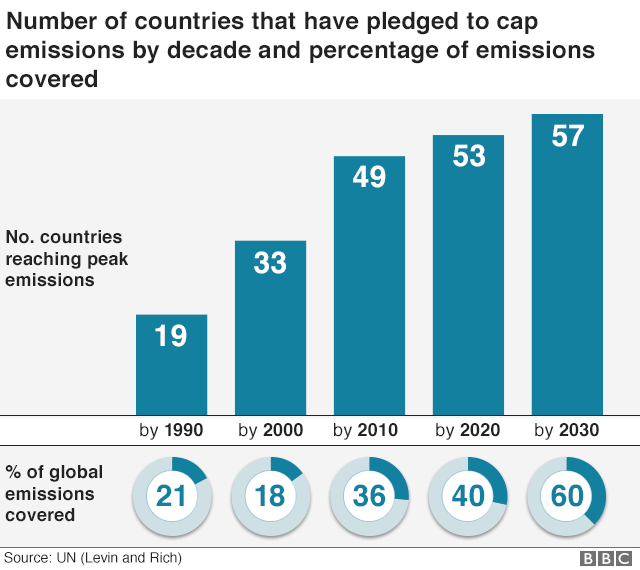



Climate Change Co2 Emissions Rising For First Time In Four Years c News
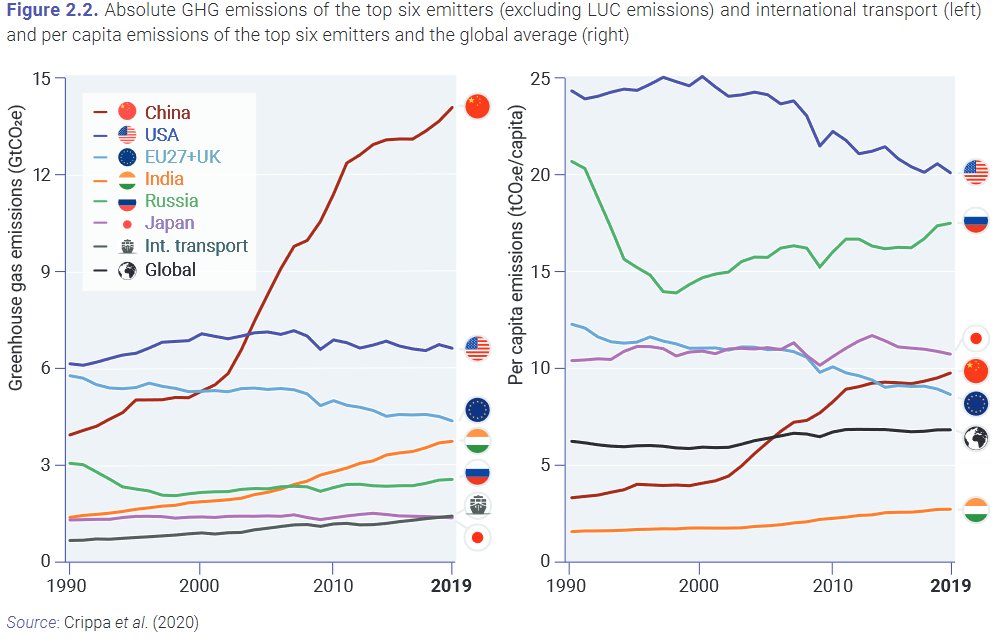



Unep Emissions Gap Report Plasma Catalysis For Co2 Recycling




Infographic Of Global Carbon Dioxide Emissions By Countries Greenhouse Gas Emissions By Economic Sector Ecological Canstock
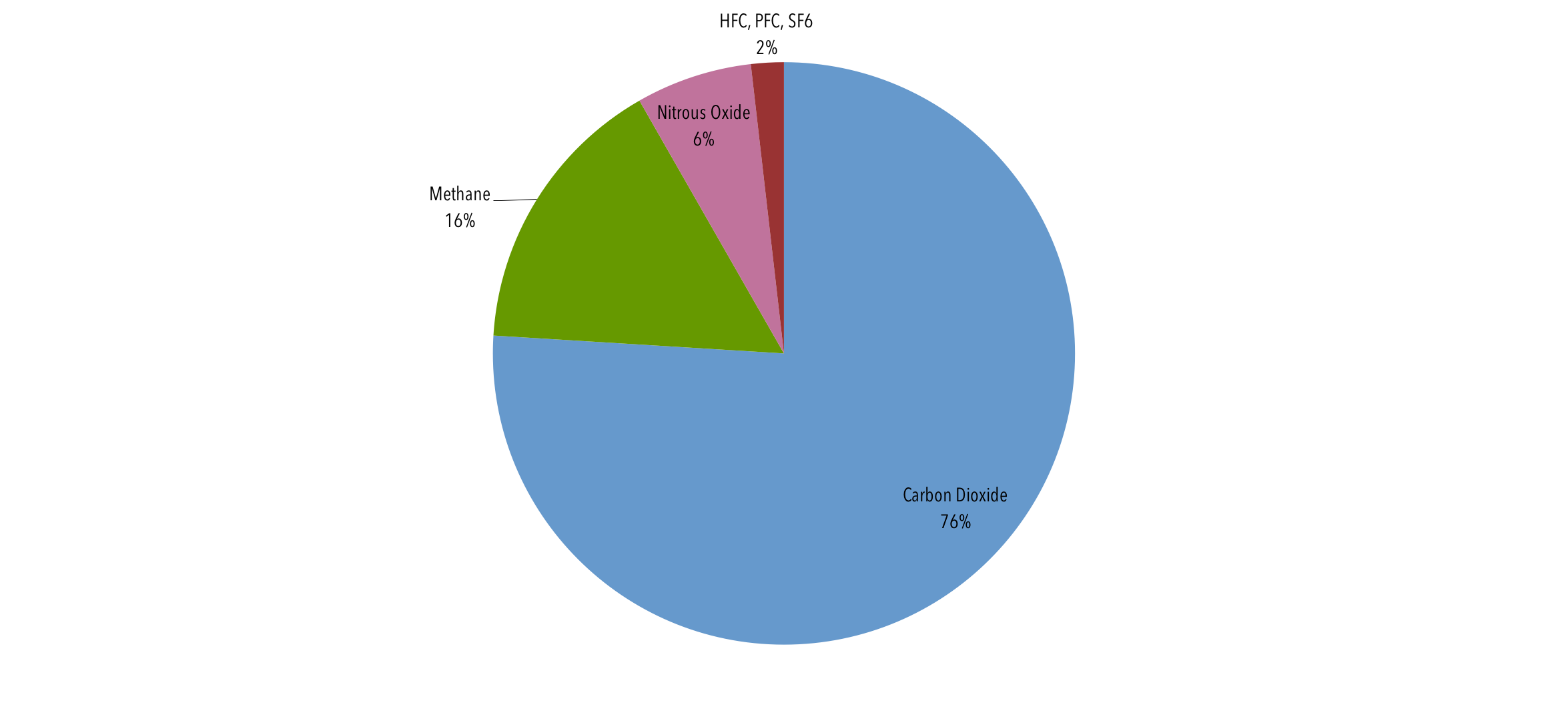



Global Emissions Center For Climate And Energy Solutions




Net Phase Out Of Global Greenhouse Gas Emissions Newclimate Institute



Unfccc Int Sites Default Files Resource 437 Enhanced action to keep paris goals in reach Pdf



Www Pbl Nl Sites Default Files Downloads Pbl Trends In Global Co2 And Total Greenhouse Gas Emissions 19 Report 4068 Pdf
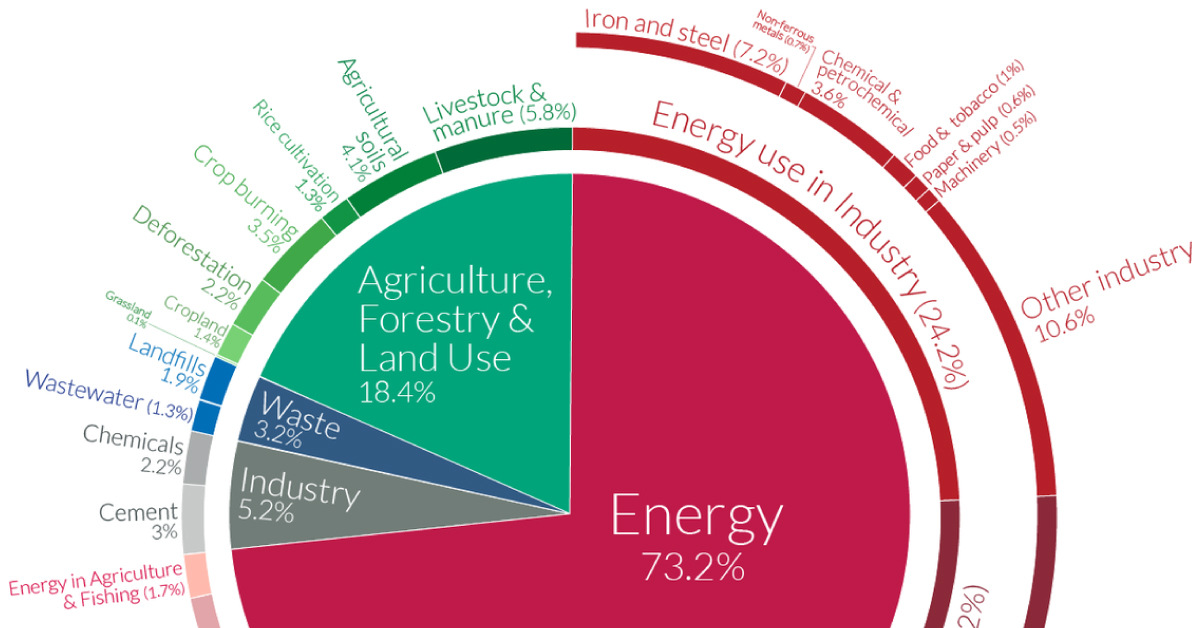



A Global Breakdown Of Greenhouse Gas Emissions By Sector
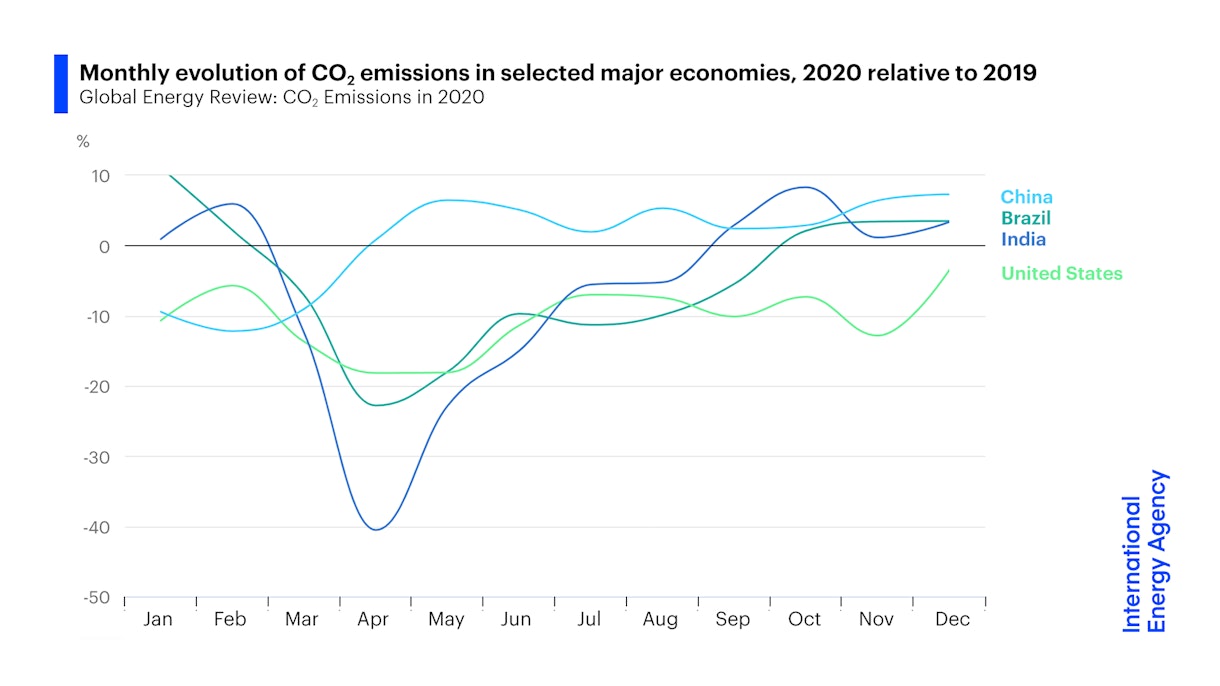



After Steep Drop In Early Global Carbon Dioxide Emissions Have Rebounded Strongly News Iea



Global Greenhouse Gas Emissions By Gas Type 1970 05 European Environment Agency




France Greenhouse Gas Emissions Decreased By 16 9 From 1990 Levels Climate Scorecard




Co2 Emissions Declines From Lockdowns Will Not Solve The Climate Crisis




Global Greenhouse Emissions A Good News Bad News Story Nrdc




File Global Greenhouse Gas Emissions By Sector 1990 05 In Carbon Dioxide Equivalents Epa 10 Png Wikimedia Commons
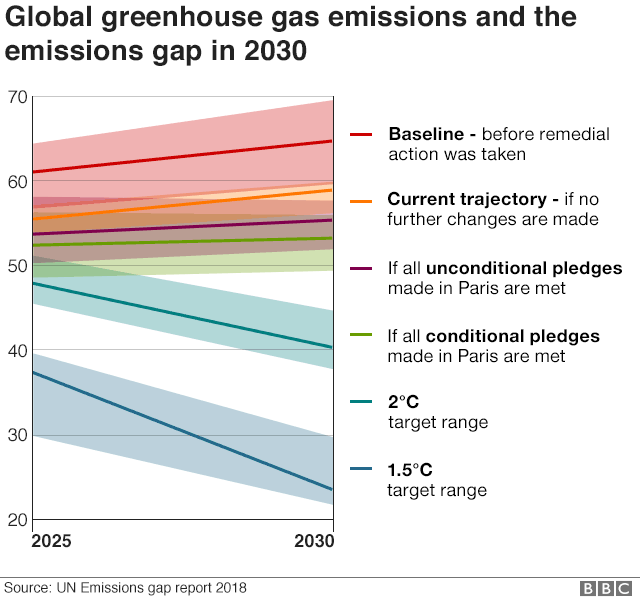



Climate Change Co2 Emissions Rising For First Time In Four Years c News




Co2 Emissions Our World In Data




Infographic Of Global Carbon Dioxide Emissions By Countries Greenhouse Gas Emissions By Economic Sector Ecological Canstock



Co And Greenhouse Gas Emissions Our World In Data




Scale Distribution And Variations Of Global Greenhouse Gas Emissions Driven By U S Households Sciencedirect




Sources Of Co2 Bearfeldt Reforestation




Wmo Greenhouse Gas Bulletin 5 World Meteorological Organization




Near Real Time Monitoring Of Global Co 2 Emissions Reveals The Effects Of The Covid 19 Pandemic Nature Communications




What Are Carbon Emissions And Why Do They Matter Earthhero Blog



Co And Greenhouse Gas Emissions Our World In Data



1
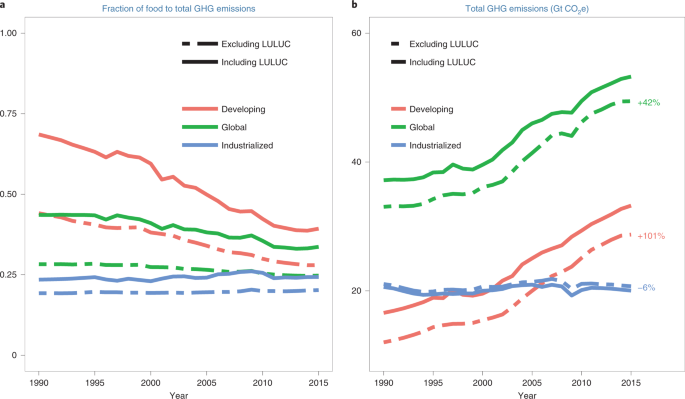



Food Systems Are Responsible For A Third Of Global Anthropogenic Ghg Emissions Nature Food



Emissions By Sector Our World In Data




Climate Change Indicators Global Greenhouse Gas Emissions Climate Change Indicators In The United States Us Epa
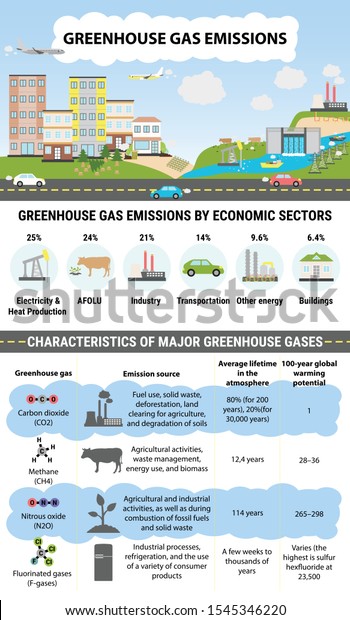



Descubra Global Greenhouse Gases Emission By Economic Imagenes De Stock En Hd Y Millones De Otras Fotos Ilustraciones Y Vectores En Stock Libres De Regalias En La Coleccion De Shutterstock Se Agregan Miles De Imagenes Nuevas De Alta Calidad Todos
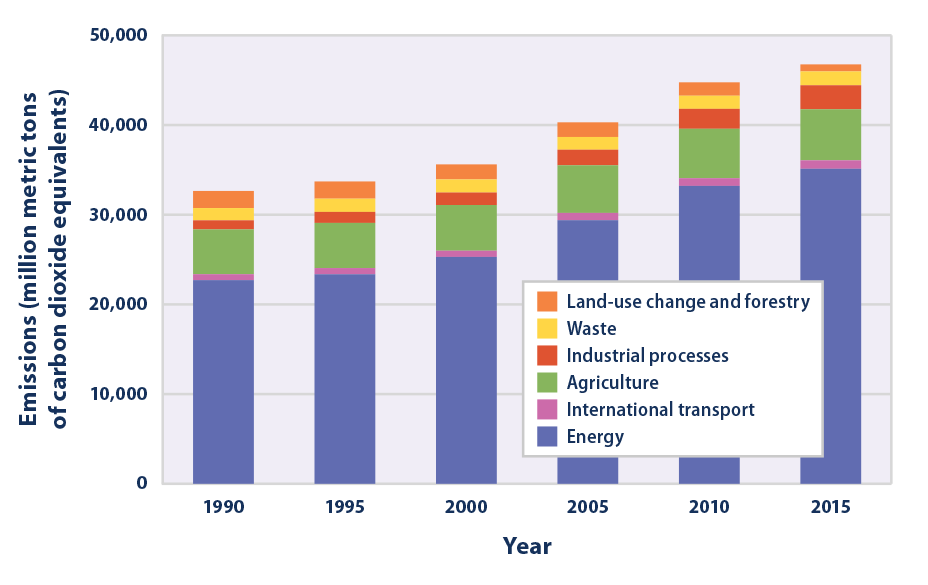



W Edyfjigr0fxm
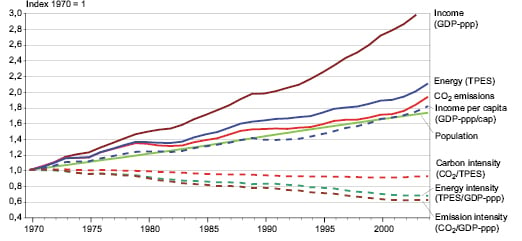



B Greenhouse Gas Emission Trends Ar4 Wgiii Summary For Policymakers




International Hydropower Association
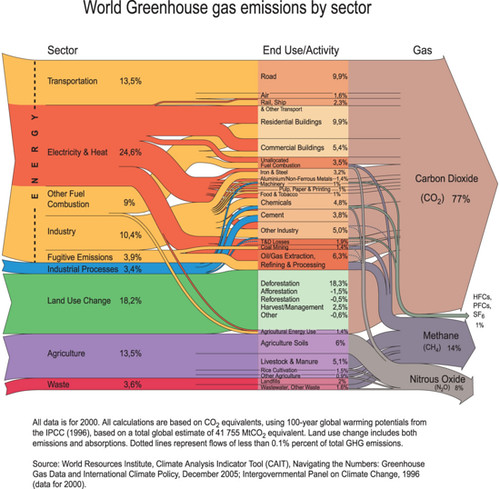



World Greenhouse Gas Emissions By Sector Grid Arendal
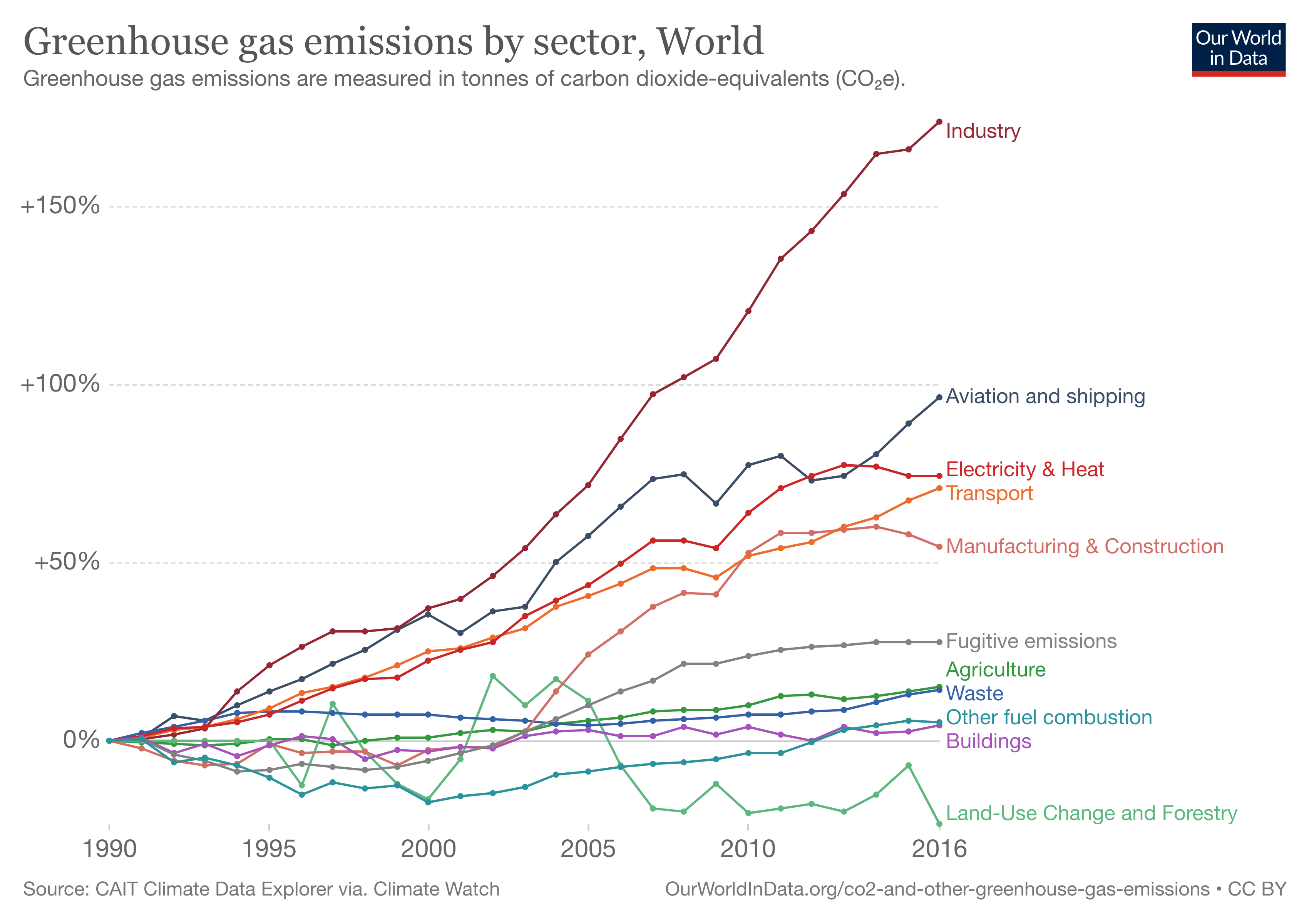



File Relative Global Change In Greenhouse Gas Emissions By Sector Png Wikipedia




Ict S Potential To Reduce Greenhouse Gas Emissions In 30 Ericsson
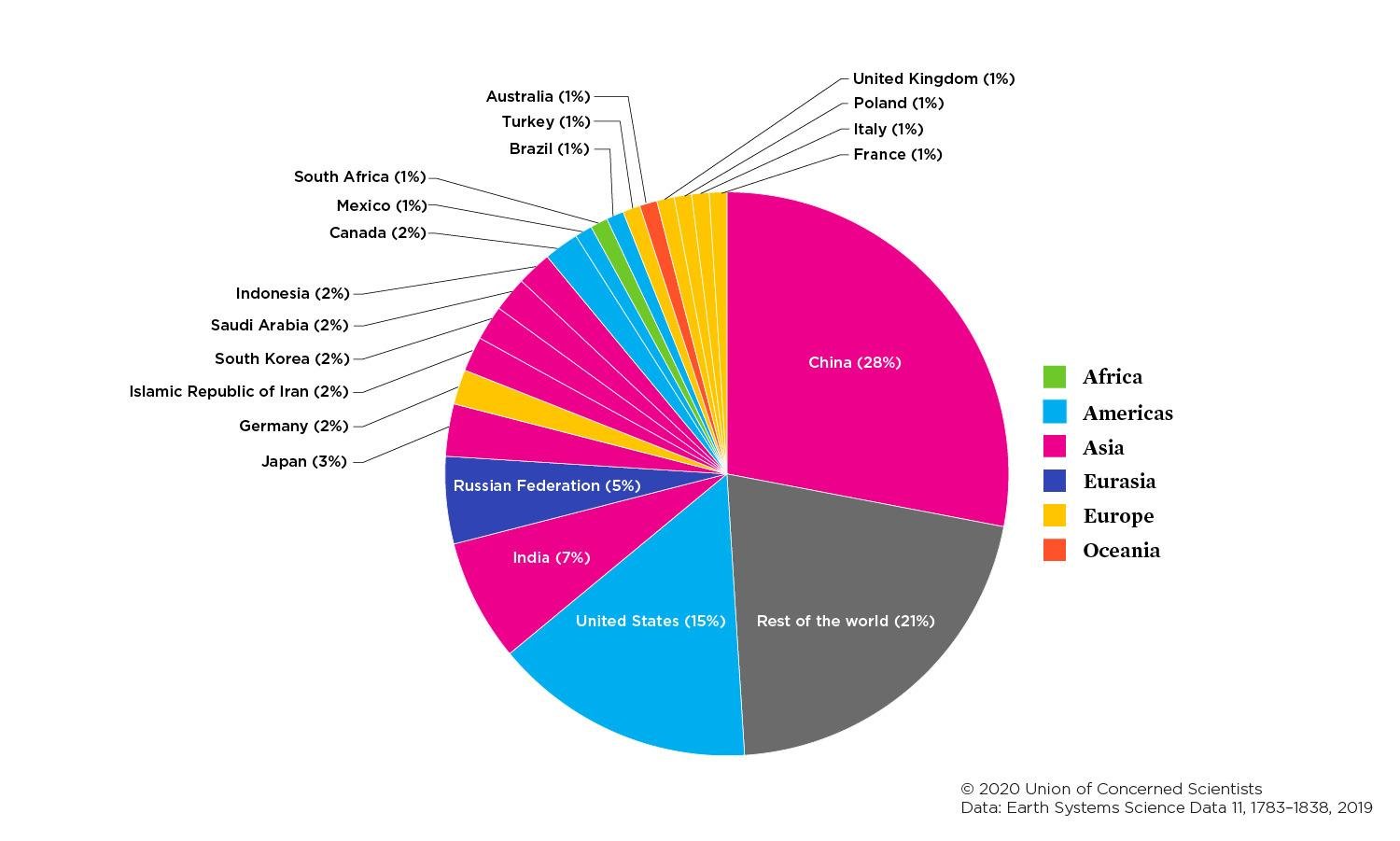



Each Country S Share Of Co2 Emissions Union Of Concerned Scientists




Pcicv5hyx5xhem




5 Charts Show How Your Household Drives Up Global Greenhouse Gas Emissions Greenhouse Gas Emissions Greenhouse Gases Carbon Footprint



Global Warming And Greenhouse Gas Emissions




Overview Of Global Greenhouse Gas Emissions In Gtco 2 E Year Of Iam Download Scientific Diagram




Ghg Emissions From Plastics Life Cycle By Stage 15 Statista




Greenhouse Gas Emissions Plunged 17 Percent During Pandemic The Washington Post



Blog Page 3 Elvesang




After Three Flat Line Years Global Carbon Emissions Are Back On The Rise




Greenhouse Gas Emissions Wikipedia




Trends In Global Co2 And Total Greenhouse Gas Emissions 18 Report Pbl Netherlands Environmental Assessment Agency



Earthcharts Greenhouse Gas Emissions By Sector
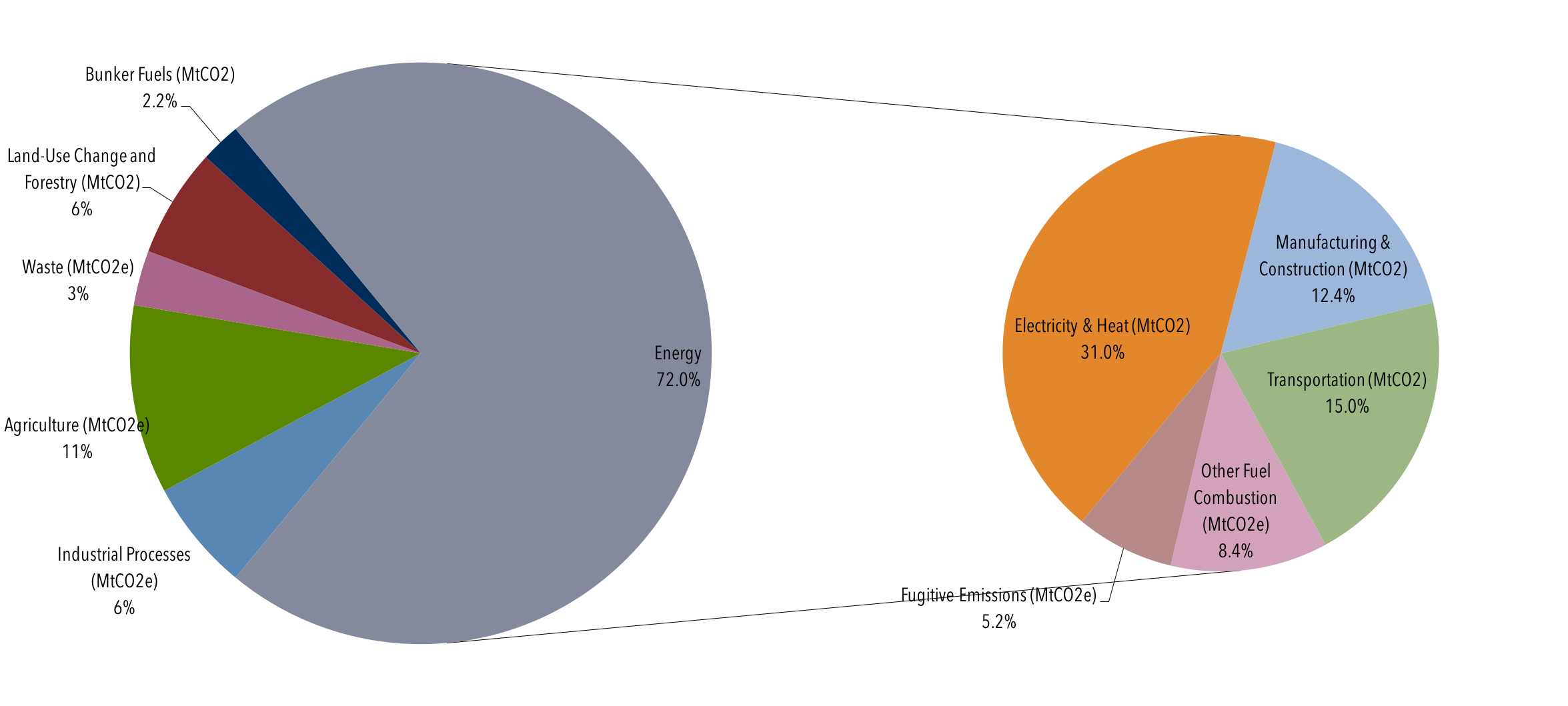



Global Emissions Center For Climate And Energy Solutions




Indicator Greenhouse Gas Emissions Umweltbundesamt
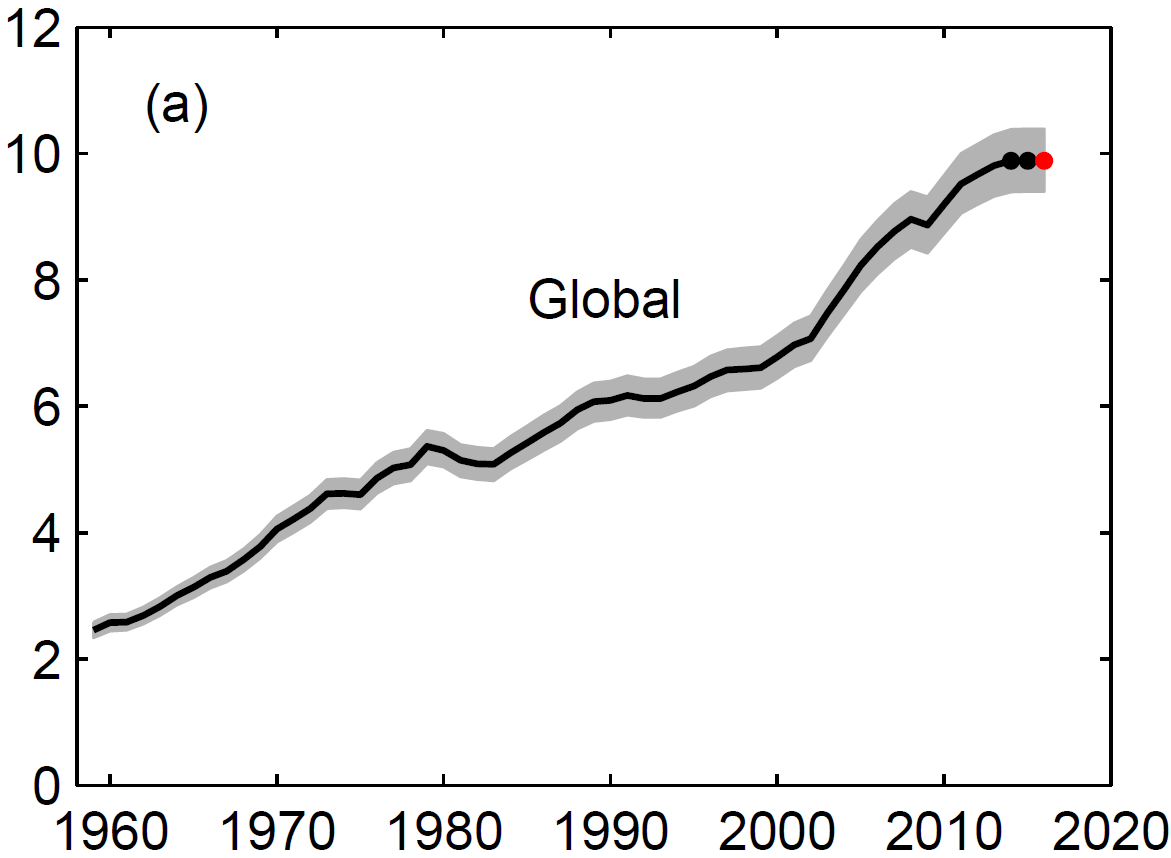



Global Carbon Emissions Flatline Continues Ars Technica
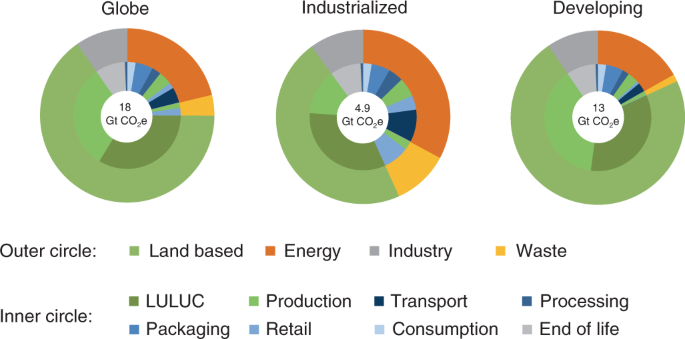



Food Systems Are Responsible For A Third Of Global Anthropogenic Ghg Emissions Nature Food



Co And Greenhouse Gas Emissions Our World In Data




How To Decarbonize America And The World Techcrunch Greenhouse Gases Greenhouse Gas Emissions Global Warming



0 件のコメント:
コメントを投稿